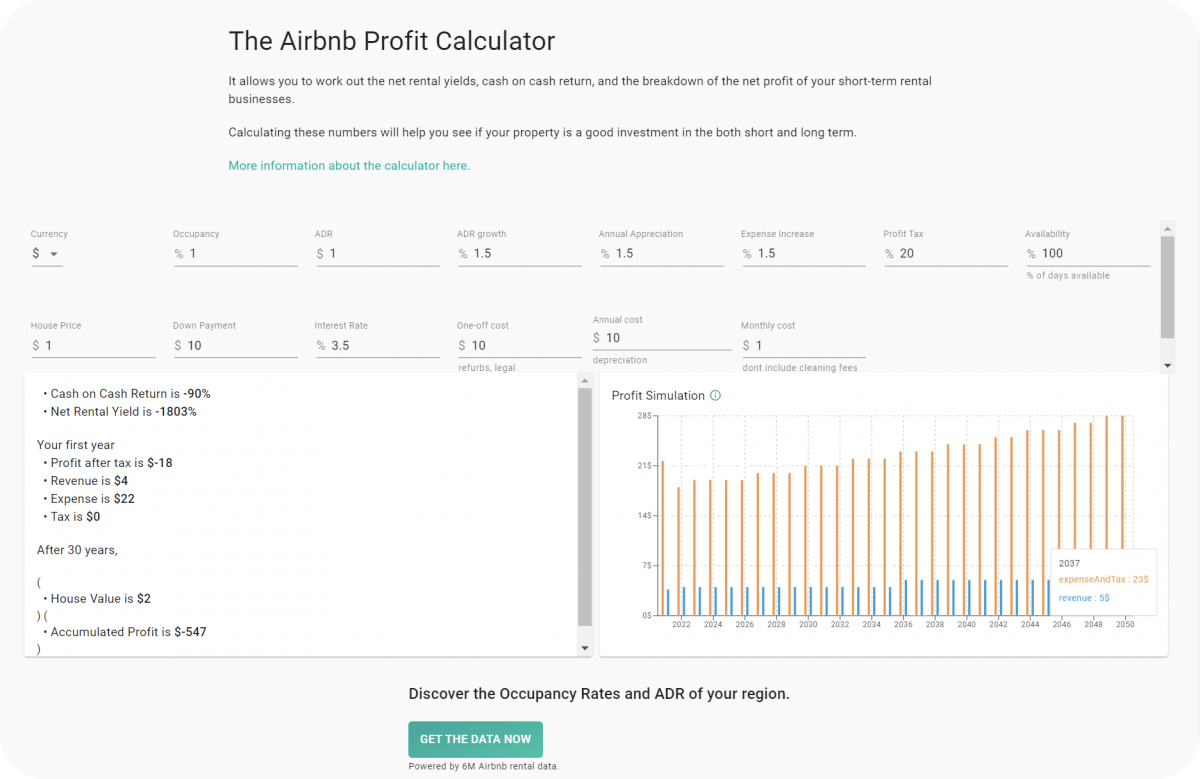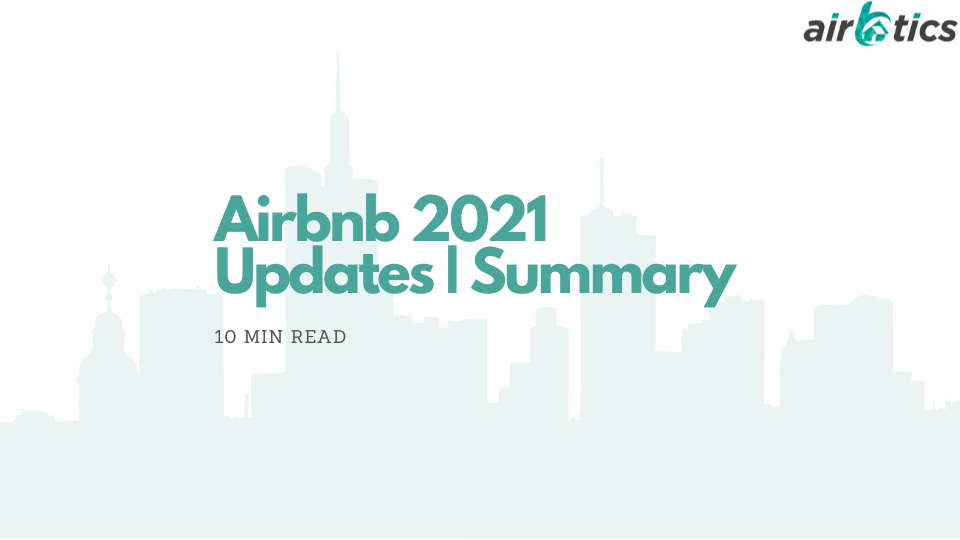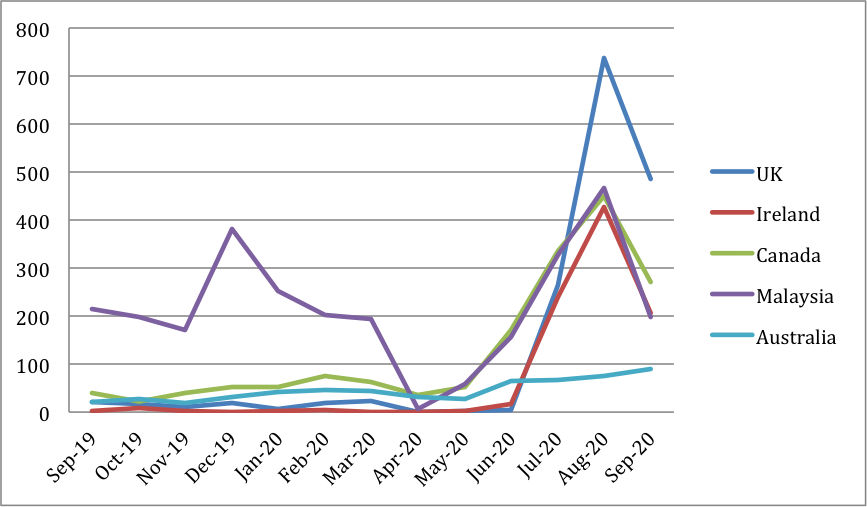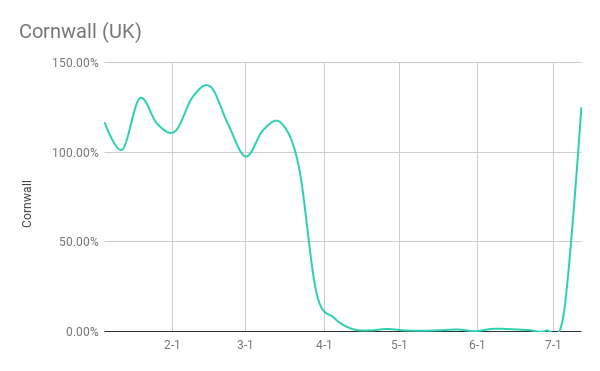Table of Contents Add a header to begin generating the table of contents 에어비앤비가 2008년에 생긴 이후로, 매해 마다 점점 더 많은 수의 호스트들이 에어비앤비를 통해 제태크 수입을 내고있습니다. 투잡으로 에어비앤비를 관리하는 사람들이 대부분이지만 에어비앤비를 통해 전문적인 사업을 하는 사람들도 많이 늘어나고 있는데요. 오늘 이 블로그에서는, 에어비앤비 데이터 분석을 통해, 국내에서 에어비앤비를 하기 가장 좋은 […]










